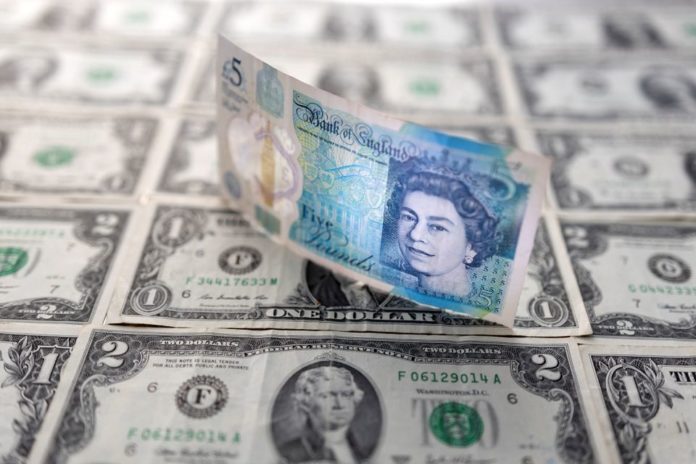SINGAPORE/HONG KONG, July 6 (Reuters) – The dollar stood tall on Wednesday, holding at a 20-year peak against the euro and multi-month highs against other major peers as higher gas prices and political uncertainty renewed recession fears and sent investors scrambling to the safe-haven currency.
In Asia, the euro was at $1.025, only a fraction above its overnight low of $1.0236, its weakest since late 2002, The single currency lost 1.5% on Tuesday, its biggest fall since COVID-19 ravaged markets in March 2020.
Combined with falls in other major currencies, that left the dollar index just off its overnight 20-year peak at 106.57, though fellow safe haven, the Japanese yen, rose.
Charu Chanana, market strategist at Saxo Capital Markets, attributed the euro drop to dollar strength and “renewed fears of gas shortages in the Eurozone as Russia threatens to cut supplies further”.
German and French year-ahead power prices are around record highs as regulators try to ensure enough gas is bought for storage and supervise the drawing up of priority lists for access to gas. read more
Chanana added that the euro’s drop had renewed the market’s focus on parity with the USD, with the European Central Bank set to remain behind the Federal Reserve in tightening policy and given greater recession risks in the euro zone.
In the latest recession warning, yields on two-year Treasuries again rose above those of 10-year Treasuries. read more Yield curve inversion has in the past preceded a U.S. recession.
The euro’s drop against the pound was much more muted however , as sterling was hit by fresh political turmoil. Prime Minister Boris Johnson’s premiership tottered on the brink after the resignations of two senior UK cabinet ministers – finance minister Rishi Sunak and health secretary Sajid Javid – over his leadership. read more
Against the dollar the pound was also trading down slightly on the day at $1.1941, just off its 18-month intraday low hit overnight, and the Australian dollar was under pressure at $0.6795.
In contrast the recently-under-fire Japanese yen gained a little support from some safety bids, with the dollar dropping 0.3% to 135.41 yen.
“So far the yen is the currency of choice as it sucks in the obligatory safe-haven flows,” said Matt Simpson, a senior market analyst at City Index.
“Yet momentum remains low relative to moves overnight, suggesting traders are erring on the side of caution without venturing into panic mode – on hopes that the dire data from Europe doesn’t lead to contagion,” he added.
Bitcoin managed to sit out the turmoil, still hovering around the $20,000 level from which it has been unable to break significantly in either direction for the past month.






